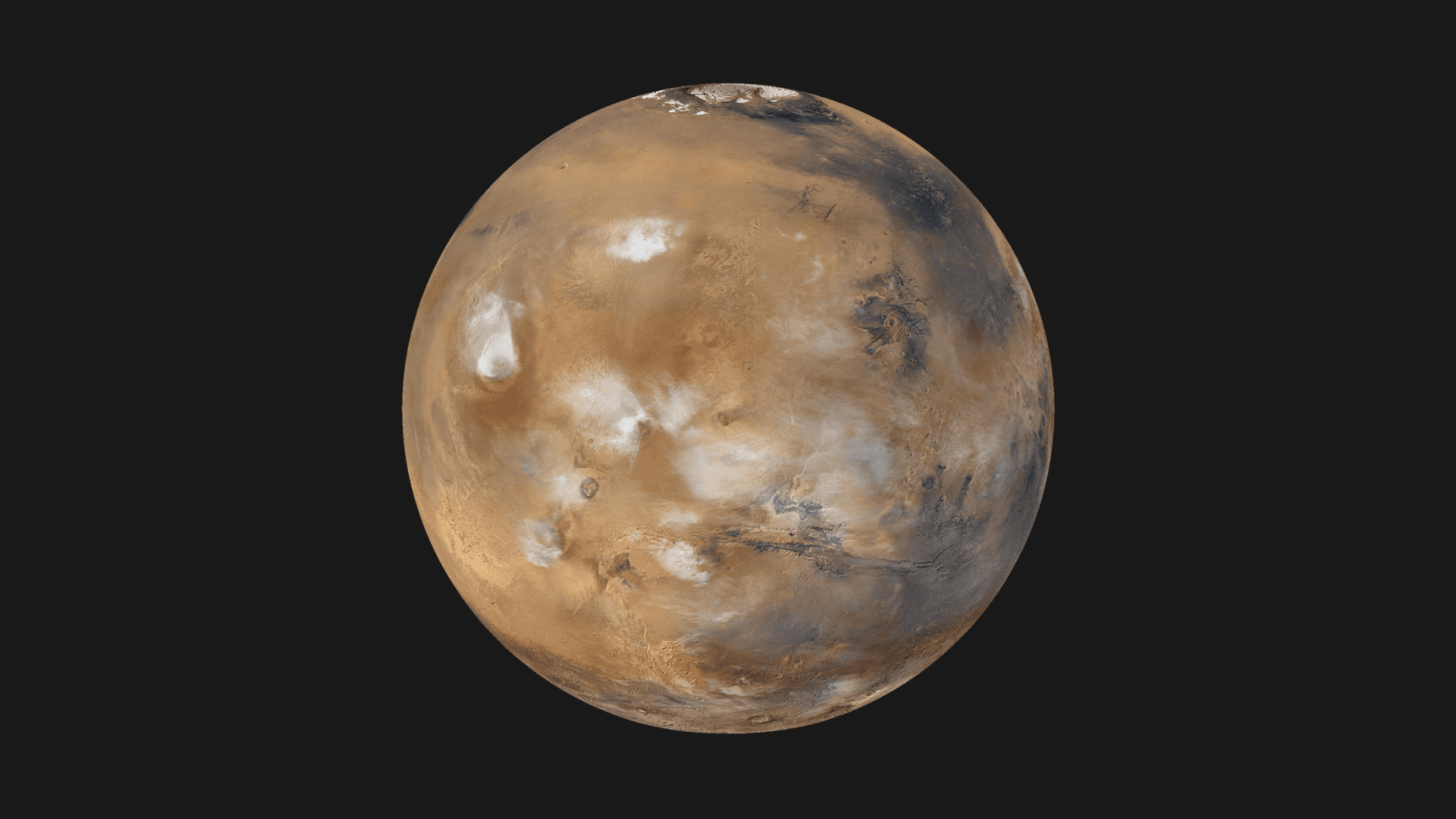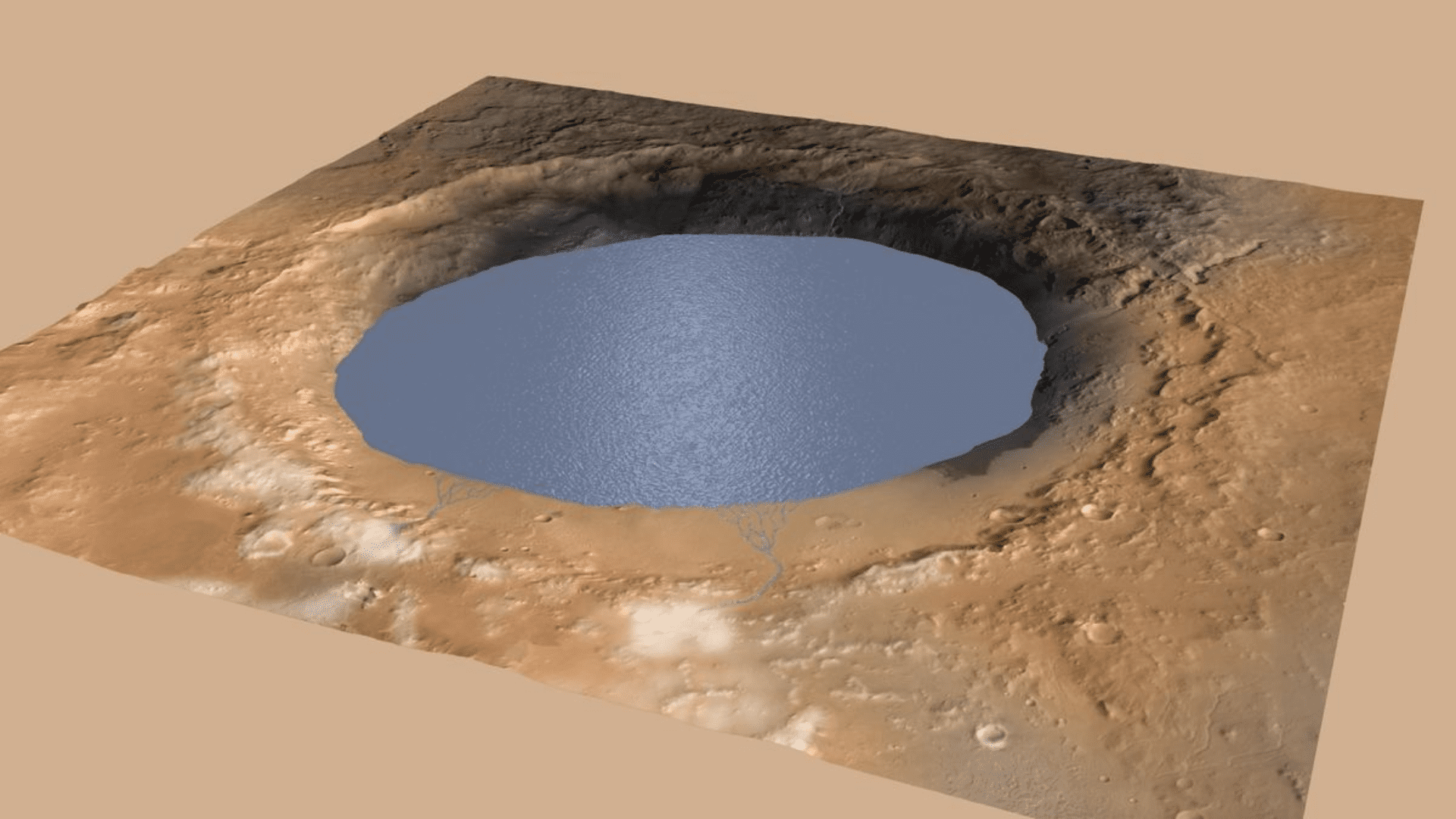Newfound rocks on Mars point to a history that could be more similar to conditions on Earth than we once thought. It all has to do with the evidence of oxygen. It suggests previous Earth-like environments and life. But, scientists still have questions about the new discovery.
Oxygen-Rich Rocks on Mars

NASA’s Curiosity rover discovered a collection of rocks on an ancient shoreline on Mars. However, these rocks are unusually rich in manganese oxide. Scientists believe this adds to the growing evidence that the Red Planet once had Earth-like oxygen levels and favorable conditions for life. According to NASA, manganese on Earth is “an unsung hero in the evolution of life.”
Based on our planet’s geological history, scientists know that rocks have abundant manganese. In addition, the oceans were rich in manganese before the earliest life forms emerged 4 billion years ago. It served as a path to oxygen that most of life relies on now. However, the only known way to produce manganese oxide involves a lot of oxygen or microbial life. There is little to no evidence of either of those things on Mars. This left scientists puzzled and wondering how the chemical formed in the newfound rocks.
Forming Oxygen

The study’s lead author, Patrick Gasda, is a research scientist at Los Alamos National Laboratory in New Mexico. He told Live Science that forming rocks rich with manganese oxide “is easy to do on Earth because of microbes and oxygen.” Of course, oxygen also forms because of microbes and points towards life. He said, “We, of course, have no evidence of life on Mars, so if we’re trying to form oxygen in a fully abiotic system, our current understanding of Mars doesn’t explain that.”
The Curiosity rover discovered the rocks in the middle of Gale Crater. This is a 96-mile-wide ancient lake bed that the rover has explored since 2012. Using its ChemCam instrument, the rover vaporized tiny bits of rock with a laser and analyzed the resulting plasma cloud. According to the study, published on May 1, manganese oxide constitutes 50% of the rock’s chemical makeup.
Explore Tomorrow's World from your inbox
Get the latest science, technology, and sustainability content delivered to your inbox.
I understand that by providing my email address, I agree to receive emails from Tomorrow's World Today. I understand that I may opt out of receiving such communications at any time.
The Origin of the Rocks

The site where Curiosity discovered the rocks recorded an elevation of 33 to 49 feet. Compared to other elevations that Curiosity climbs, this is a subtle hill. But, as Gasda tells Live Science, it is “pointing us toward something special going on in that place.” The rock formation appears to have changed from “curved” to “flat-lined.” Gasda and his team interpret this as a river channel opening into a lake. He said, “That means we’re at the shore of the lake or near the shore of the lake.” However, there is limited data because Curiosity only drove past this area once. Gasda said, “That made the interpretation really challenging, but this is our best hypothesis.”
If his team’s hypothesis is correct, the rocks potentially were dumped in the region where the river slowed down as it entered the lake. This is similar to what happened with manganese-oxide-rich rocks found on the shores of shallow lakes on Earth.
Manasvi Lingam is an astrobiologist at the Florida Institute of Technology. While not affiliated with the study, Lingam tells Live Science that the newfound rocks are “another line of evidence for liquid water on Mars in the past, which is beneficial for life.”







